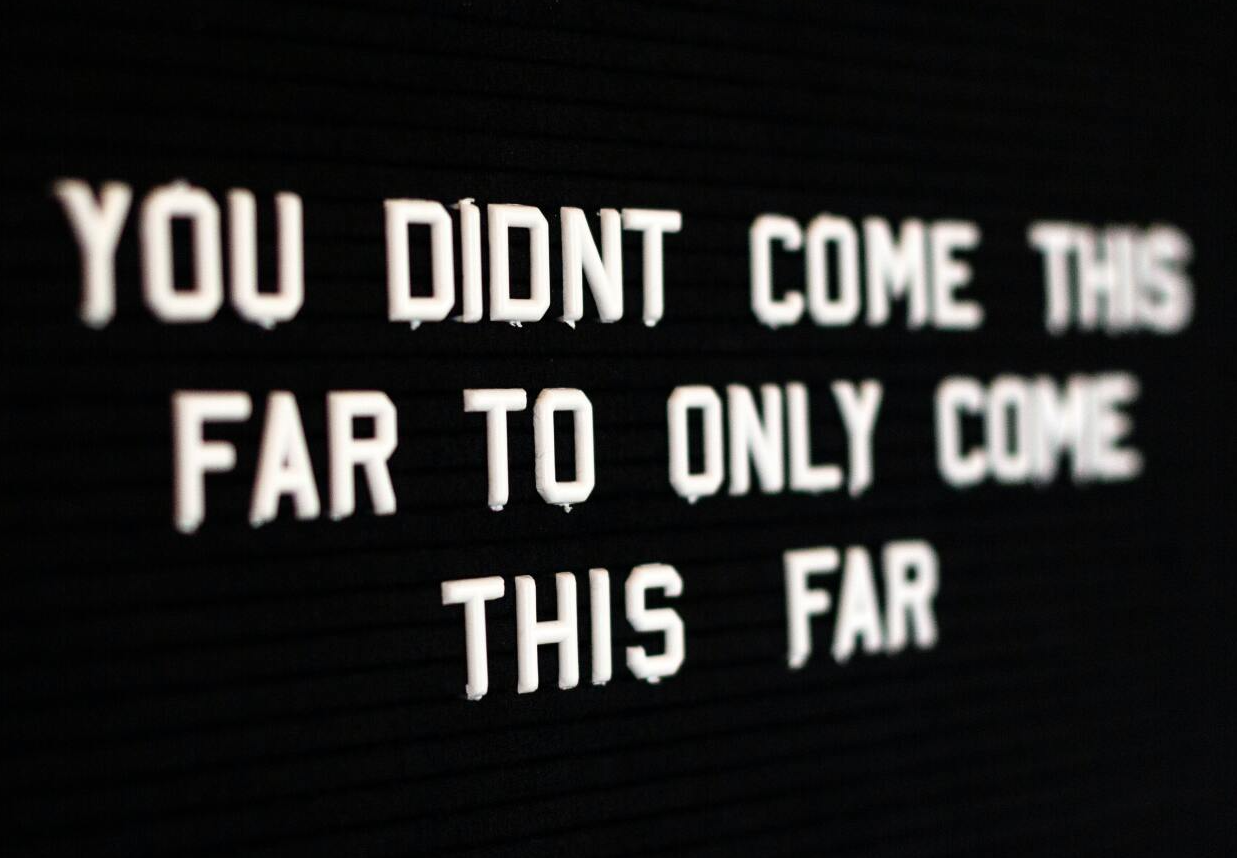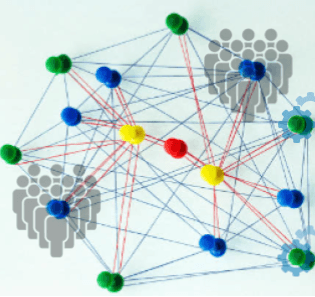Top Tips to help your Agile Daily Scrum or Stand-up Rock

Your Daily Scrum or Standup should not only help you stay focussed and be efficient in achieving the sprint goal, it can be the catalyst for so much more.
If you find your current daily scrum valuable, consider how it could be even more beneficial. If you question its value, consider what’s preventing it from helping the team perform better.
This ceremony is often seen as a daily status meeting and is even referred to as one of the levels of agile planning. Yes, its main intention from the origins of both Scrum and xP were to help the team learn, inspect and adapt. And it should absolutely be viewed as one of the opportunities to create new, shared knowledge
and to be a 'feedback loop'.
But over the years much research has shown that the real, underlying benefits of the standard ceremonies are often something quite different to conventional wisdom.
At Victoria Labs we work with experienced agile coaches, use research and well established psychology theories to design simple, cost effective aids. We create aids to trigger behaviours and actions that help ordinary meetings and ceremonies become opportunities to foster real team behaviours.
When you have your daily scrum, ideally all of the points below are true. They are all conducive to a team performing optimally, creating real value for the business - normally by delighting the customer but there are other outputs and outcomes that benefit the business whilst improving your job satisfaction.
During the Standup
The Product Vision & The Customer
Always be mindful of why the product or service exists for your company, how it contributes to its success and what users need.
- The Product Vision and the Sprint Goal are Highly Visible
- Customers are identifiable and make user stories meaningful
The Sprint Backlog...
- Exists
- Is Highly Visible
- Is aligned with the Product Vision
- Is Updated Daily
- Communicates Intent - The Product Owner / Manager understands the purpose of all backlog items
Daily Scrum...
- Happens every day (at the same time)
- Has the entire team participating (including PO for the majority of days)
- Focusses on progress and achievement, not simply on what was done yesterday
- Surfaces Problems & Impediments
- Is done standing up to keep things moving along (proven to improve effectiveness)
A Definition of Done...
Be clear on what 'done' means, that it ensures quality, can be achieved with minimal reliance on anyone outside of the team etc.
- Exists (for User Story & Epic)
- (For a User Story) Is achievable by the team and within a single sprint
- Is respected by the team
- Helps to protect the business from technology risks now and in the long-term
Sprint Burn-down Chart - Flow Rate Chart - Cycle Time Chart
Radiates information and, at a glance, suggests when things might not be on track.
If you are using fixed time-boxes you will burn-down or burn up valuable achievements across this time period.
If you are using Single Piece flow, such as Kanban, you have no time-box so you forecast 'backlog item completion dates' using metrics such as Lead-time and Cycle time*
- Burn-down / Cycle Time chart is visible and updated daily
- Helps to identify when stakeholder engagement may be needed
(e.g. the sprint goal is at risk)
Non-team members…
- Are welcome
- Do not distract the team from focussing on your goal, your progress or your opportunities to adapt
- Understand they can raise questions at the end
- Feel informed and that the team is transparent as a result of what they have heard and what they can see
After the Standup
At the End of the Scrum…
- All team members are clear on their collective progress
- It has helped to identify any course corrections that need to happen (inspect & adapt)
- Team members feel reassured that they and their team are taking action where needed
- Each team member knows what the others plan to achieve today
- The entire team know the top 3 impediments
- All impediments have an owner (default is the scrum master) to remove it
Can you see how each of these points can help to create an environment that helps teams thrive?
--------------------------
Research has shown that a well facilitated daily scrum has these benefits:
- Increased visibility and accountability between peers, improving team performance
- Improved team morale through a sense of both purpose and achievement
- Increased sense of autonomy through an improved ability to manage impediments
- Creates a culture of knowledge sharing and a passion for learning
- Establishes a sense of supporting one another to achieve a common goal
- Helps to identify the ‘difficult’ conversations that may otherwise be “ swept under the carpet ”
- Improves trust and a sense of support as everyone feels they can truly depend on one another
... and of course provides your team an opportunity to learn, inspect and adapt on a frequent basis. This should all help you and your teammates to meet your commitments to one another and achieve any progress forecasts that you've shared.
Use our Online Checklist to assess your standup.
--------------------------
*Lead time is the total amount of time a task spends from ‘order’ to ‘delivery’ in your system.
Cycle time is the amount of time you spend actively working on it.
Victoria Labs' Daily Prompt Cards are designed so team members can help Daily Scrums run smoother and quicker, and make it a place where underlying or systemic problems can get noticed more easily.










